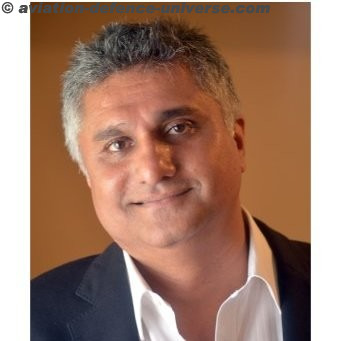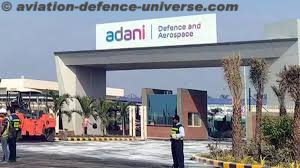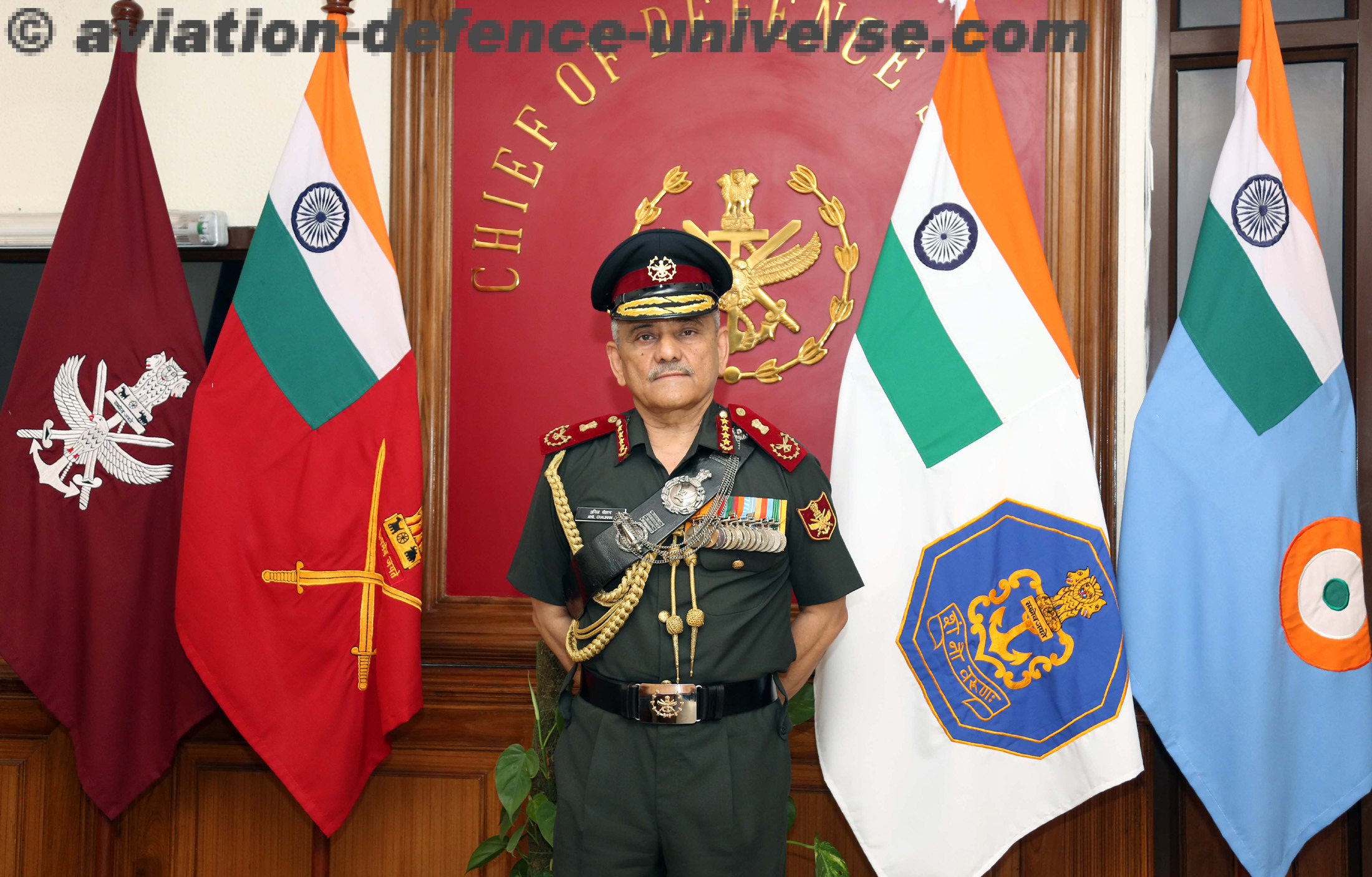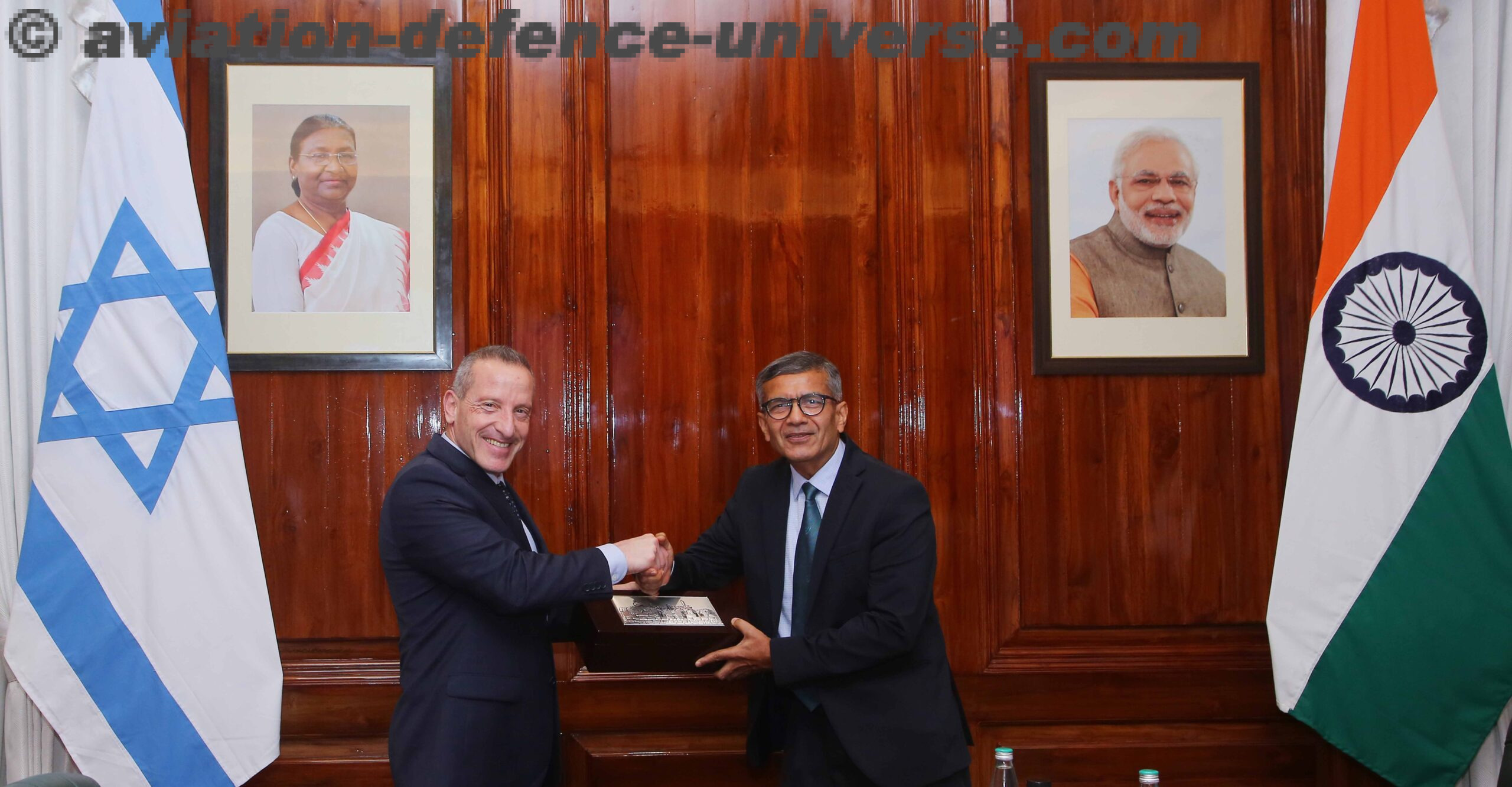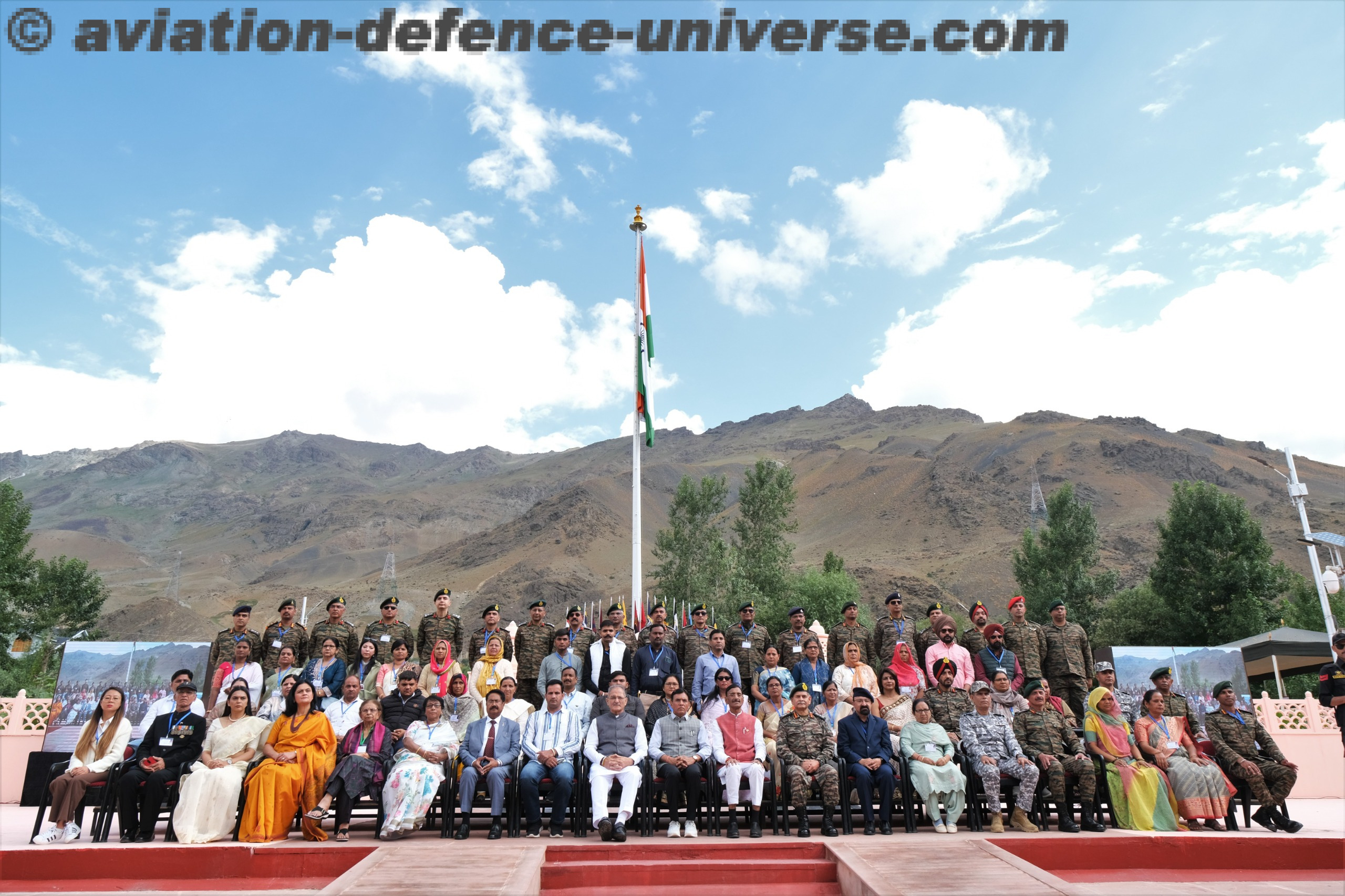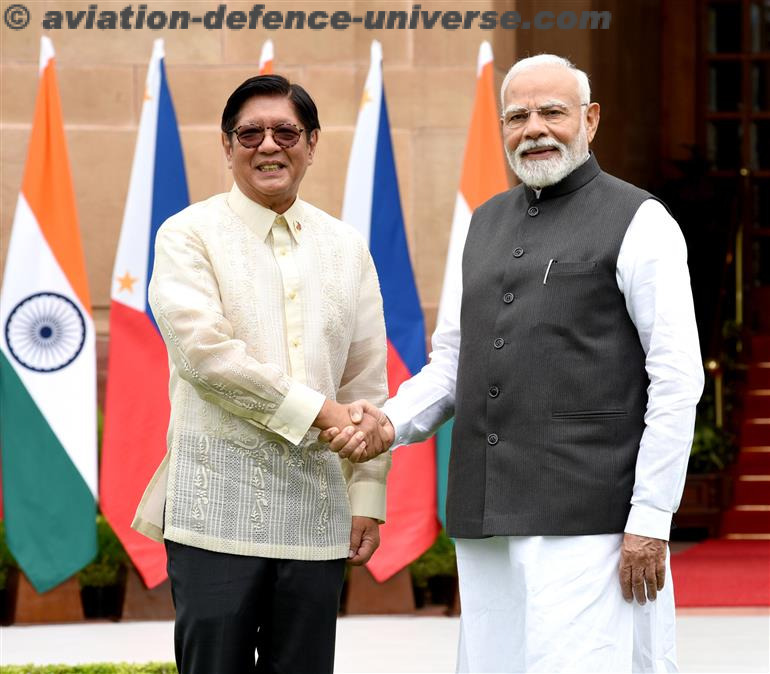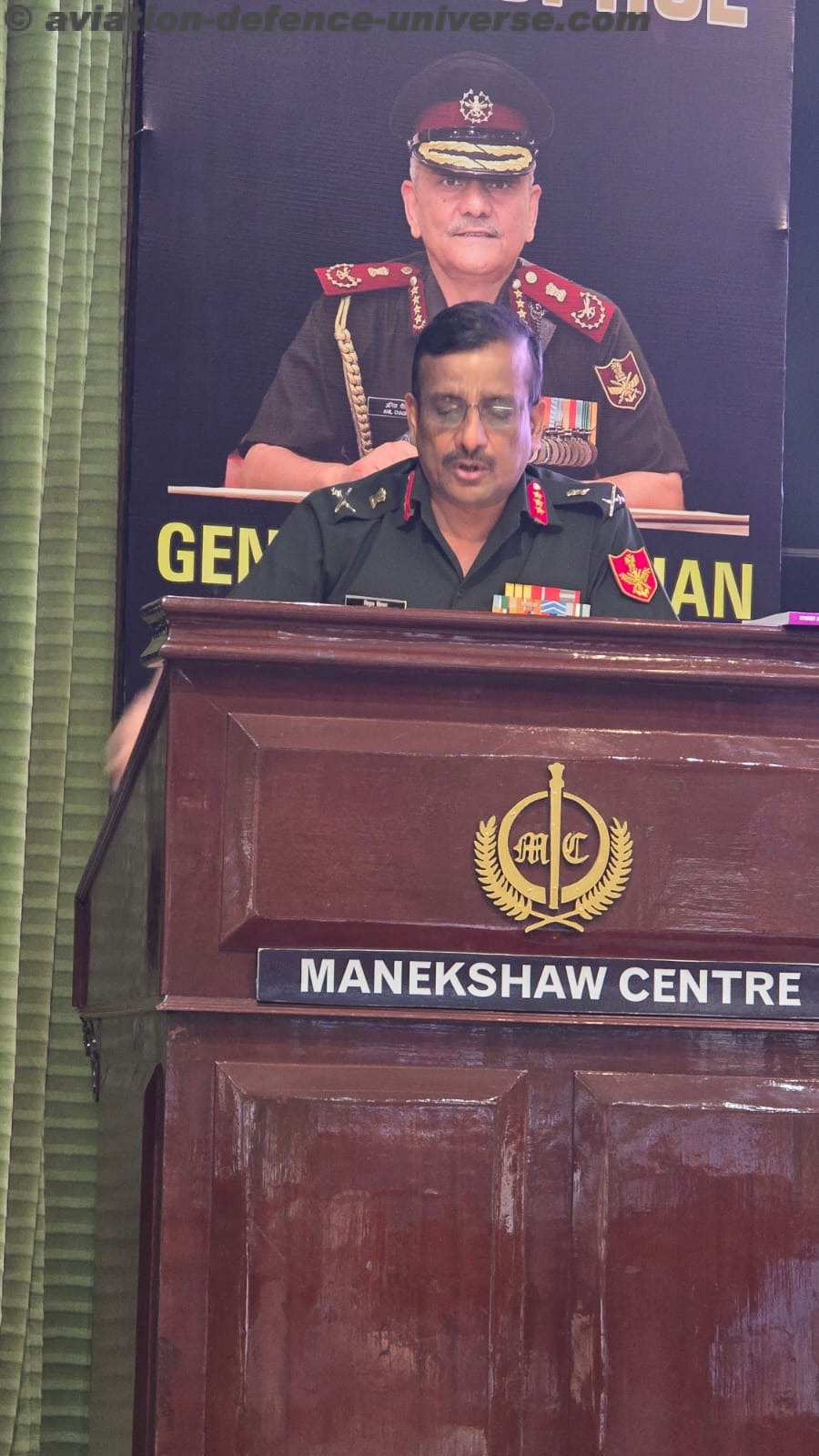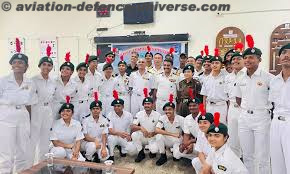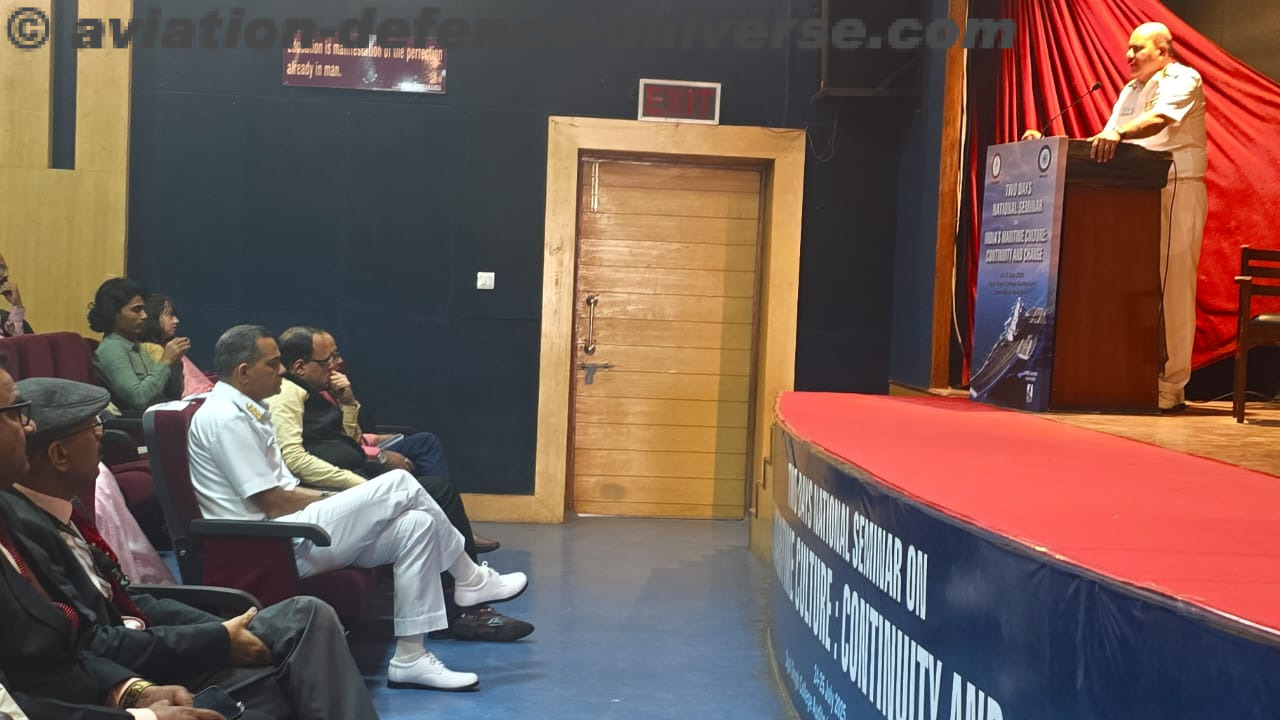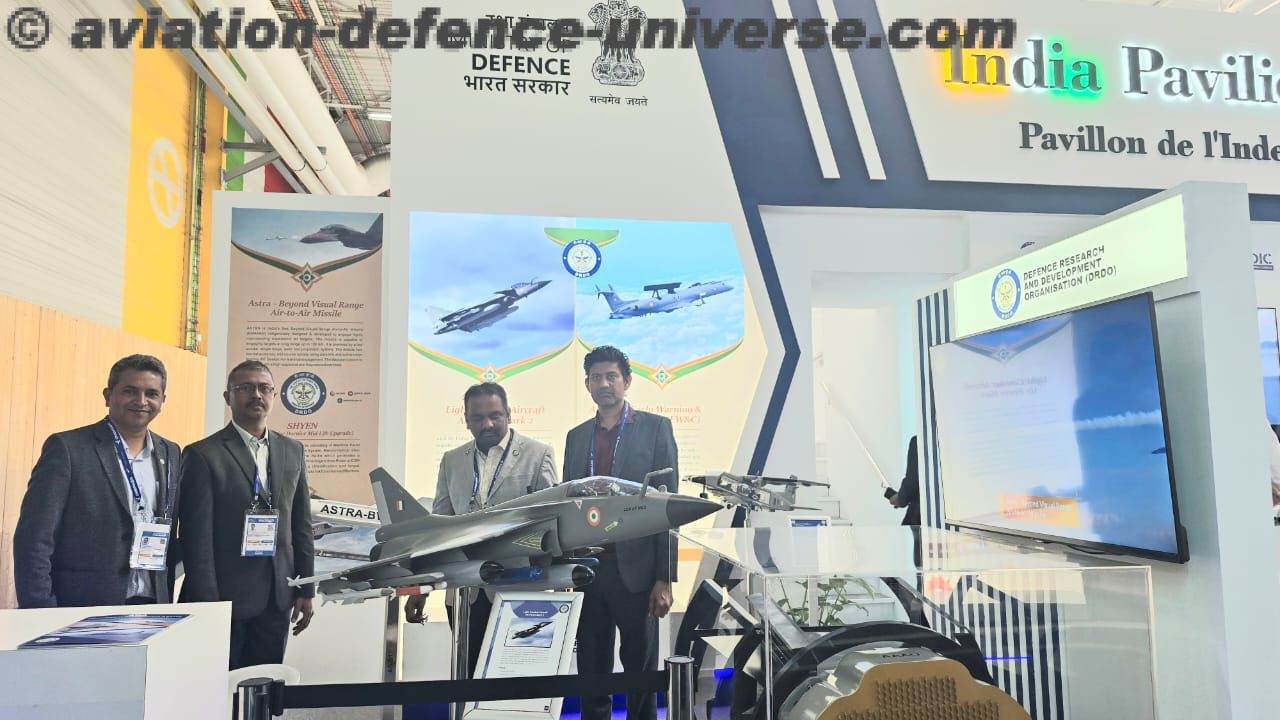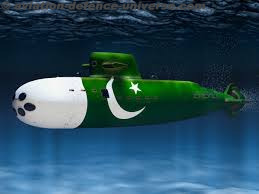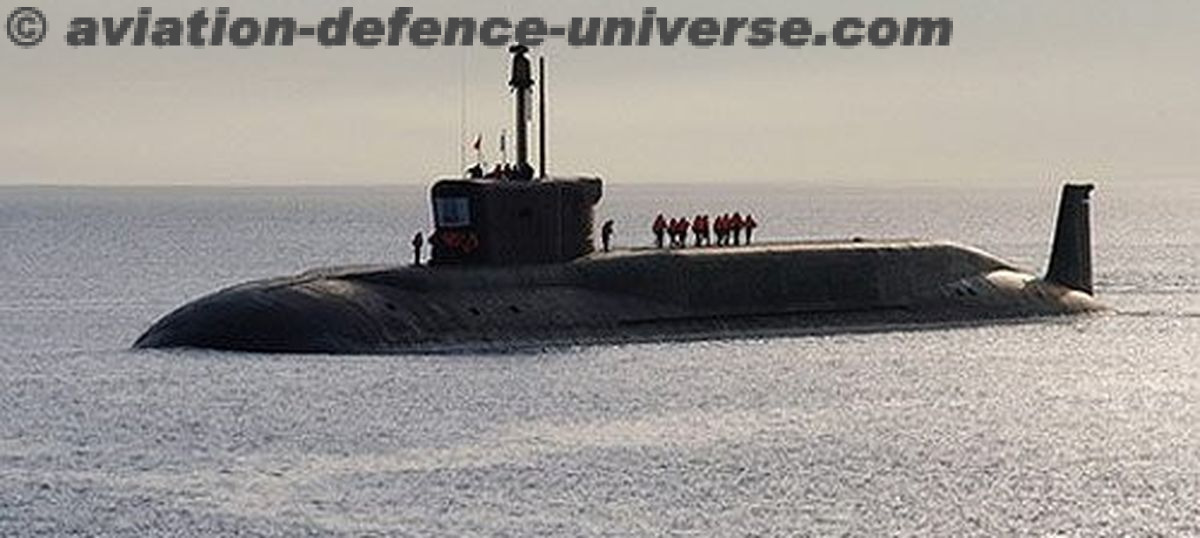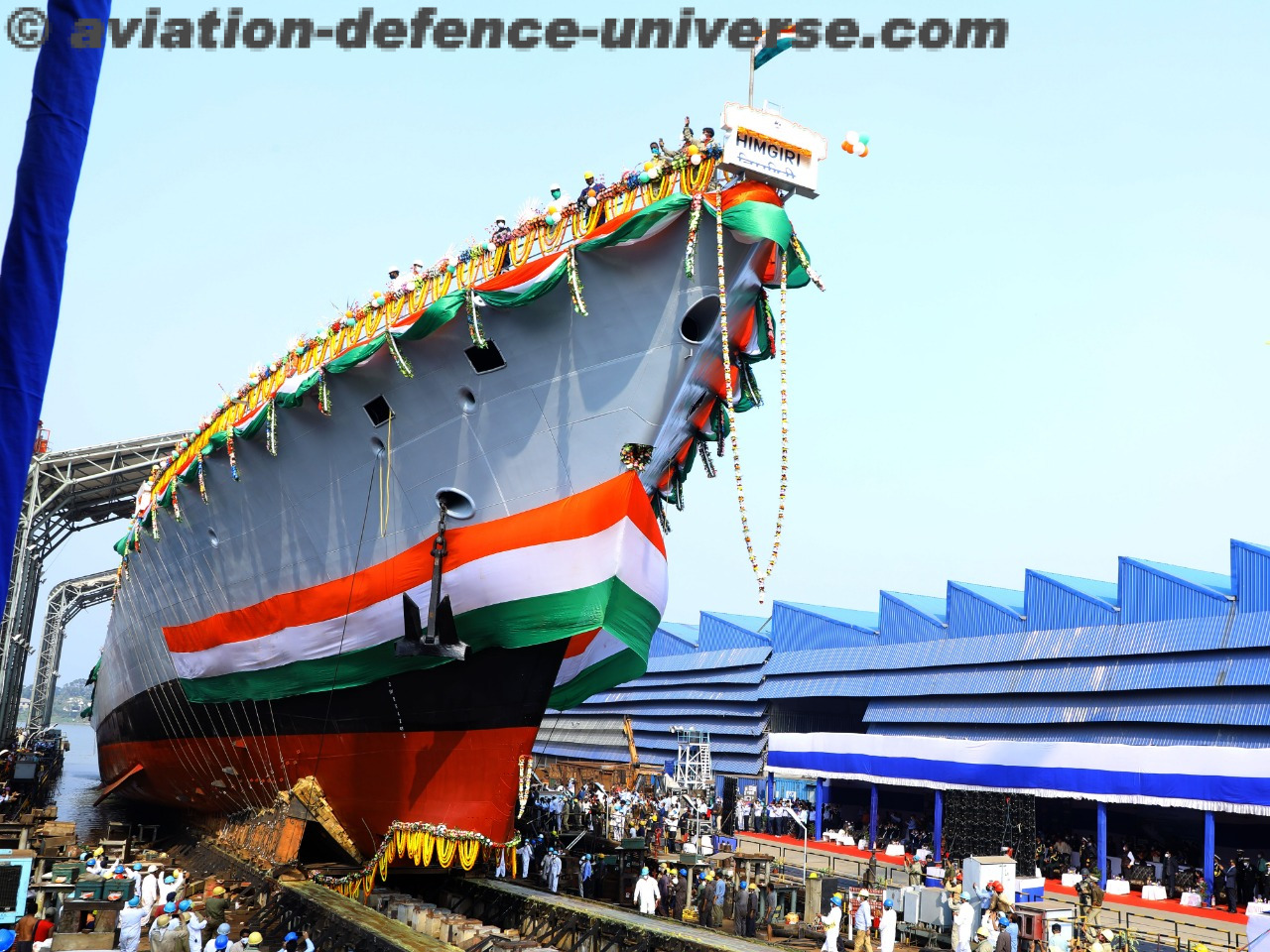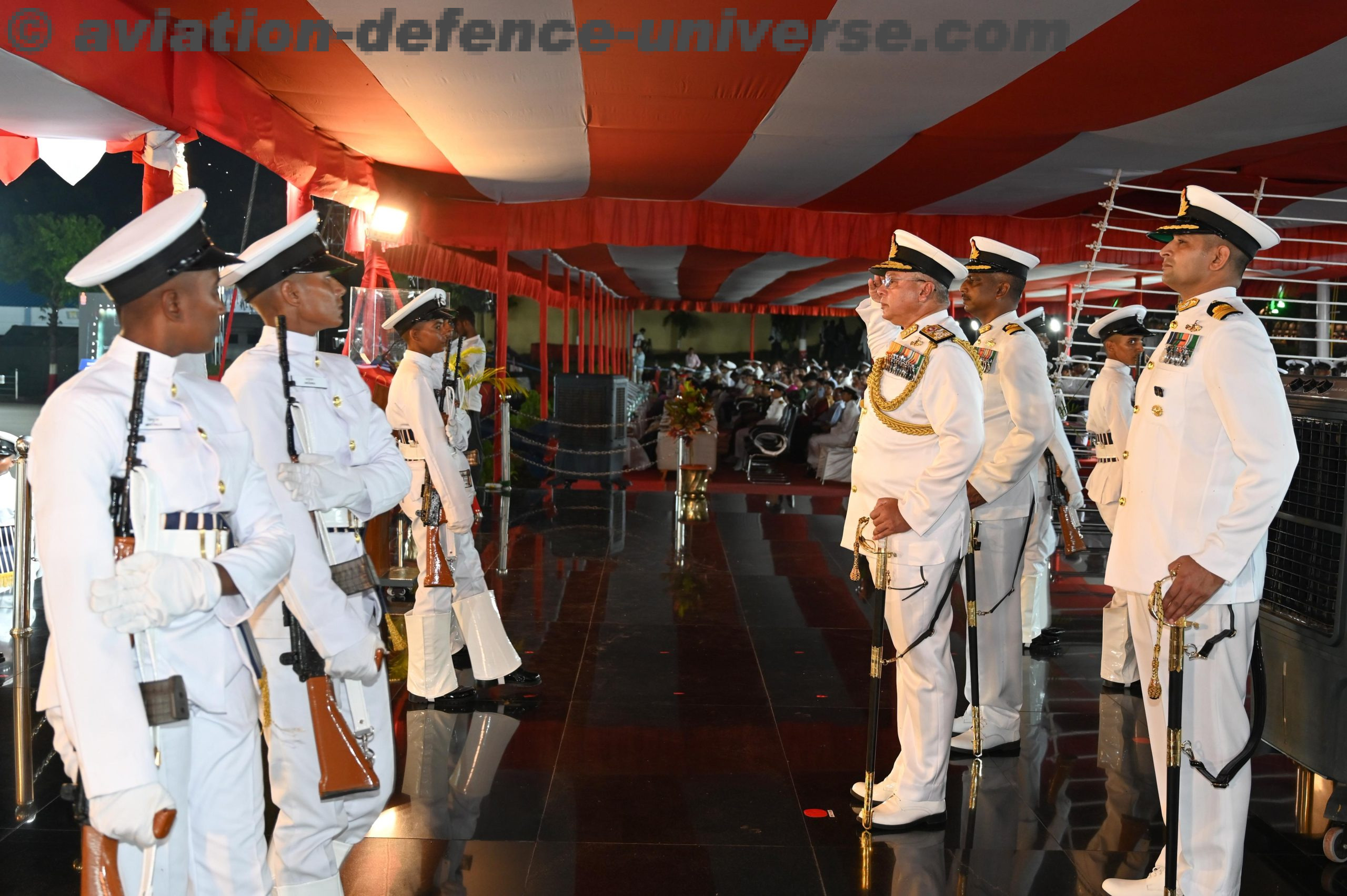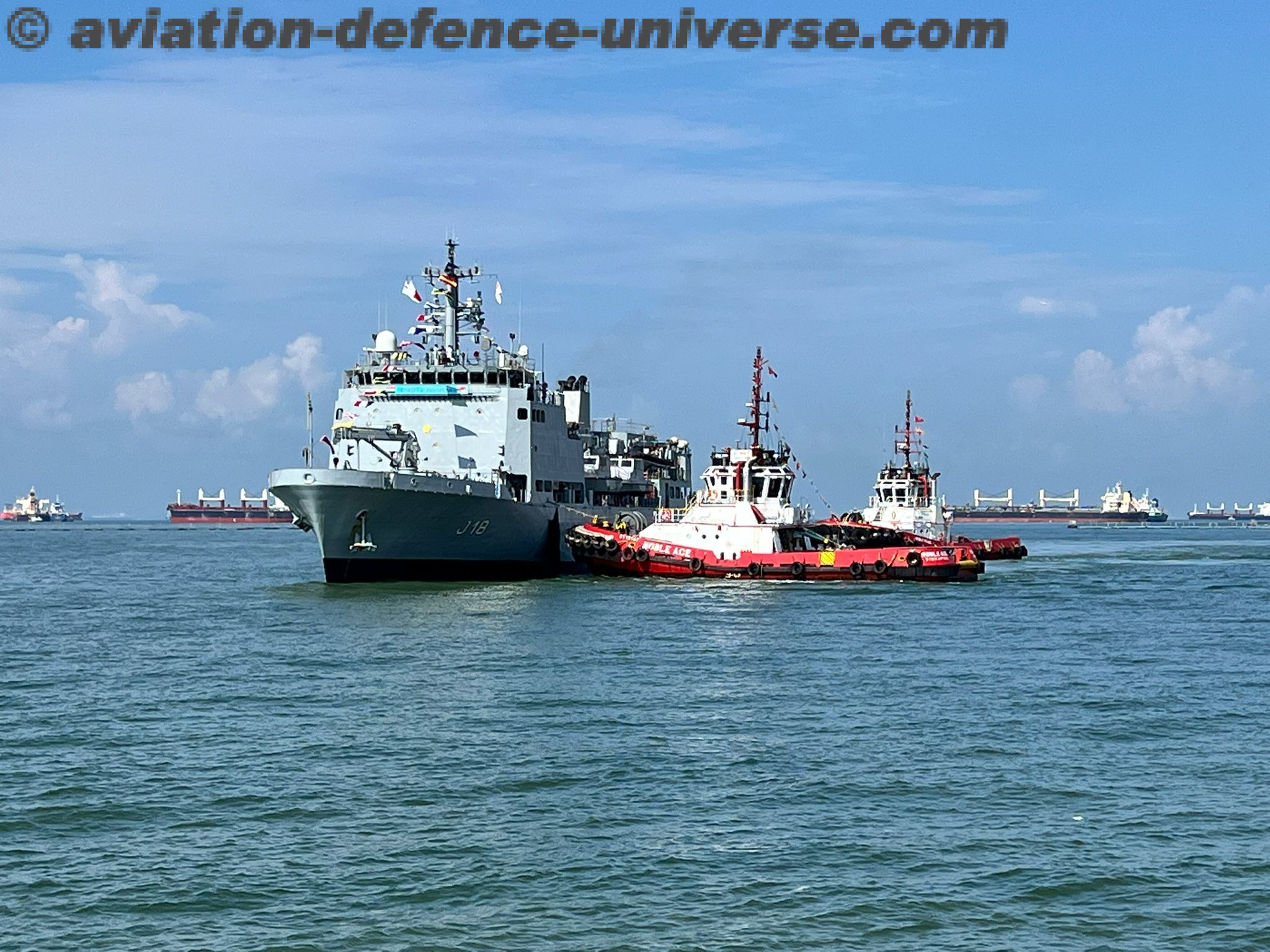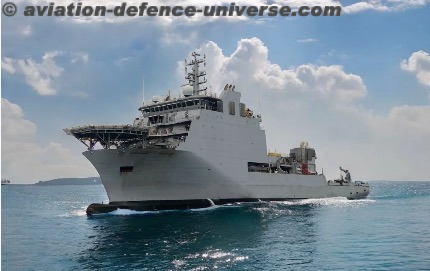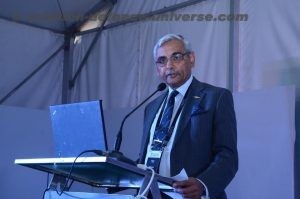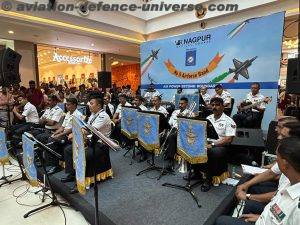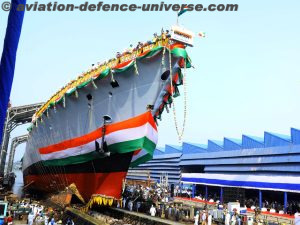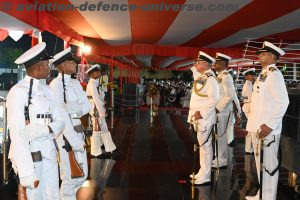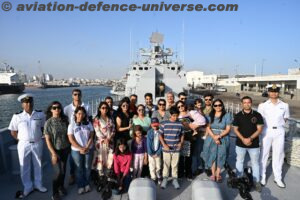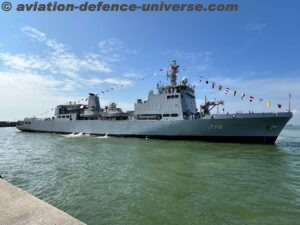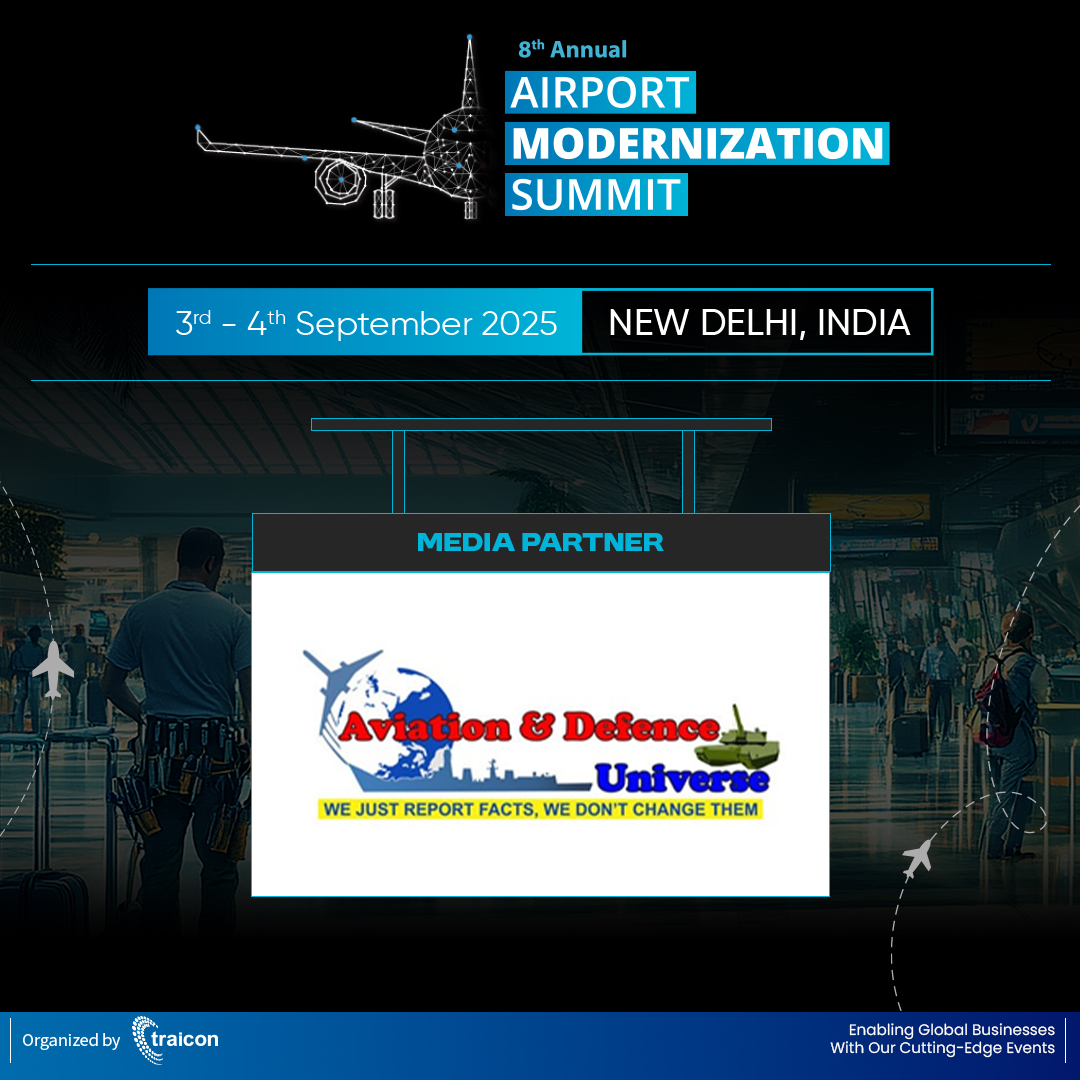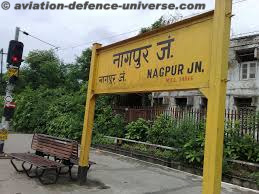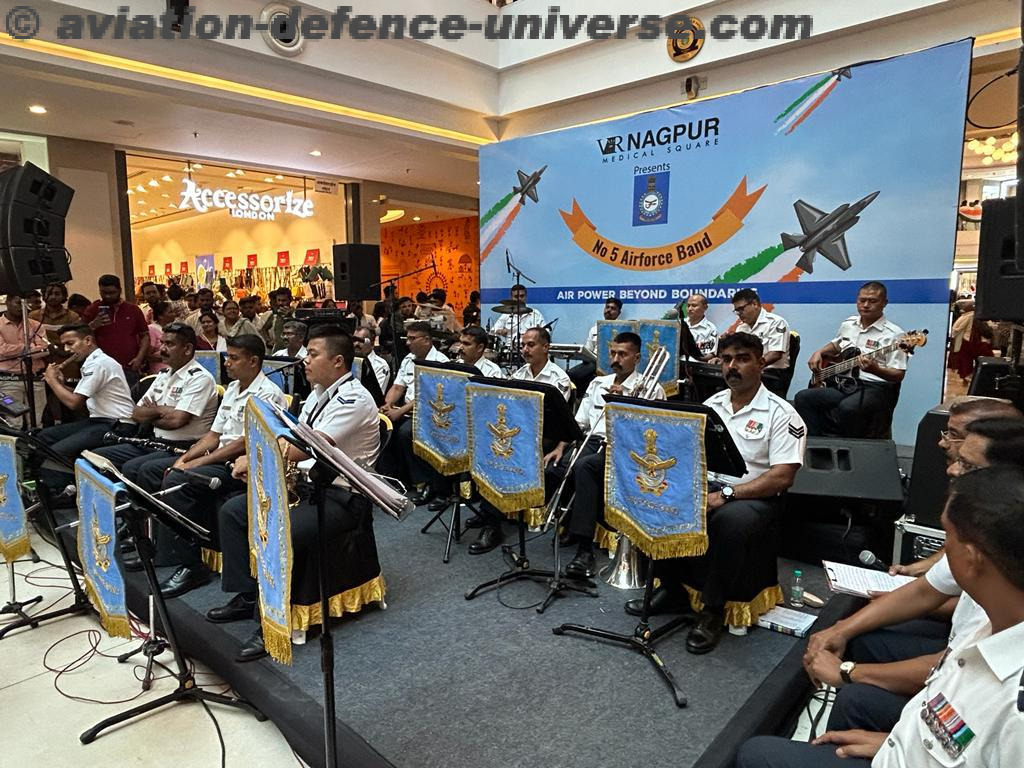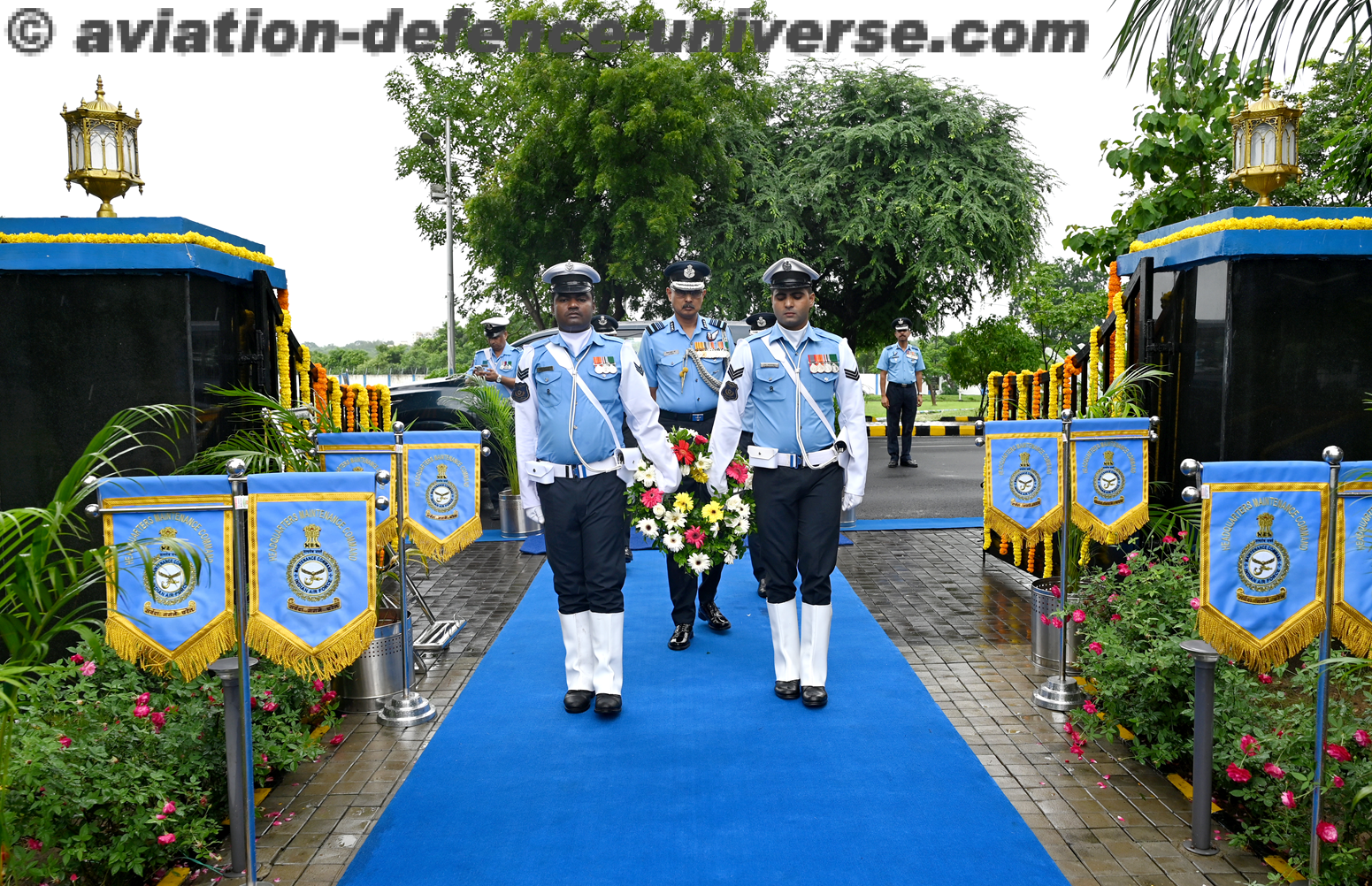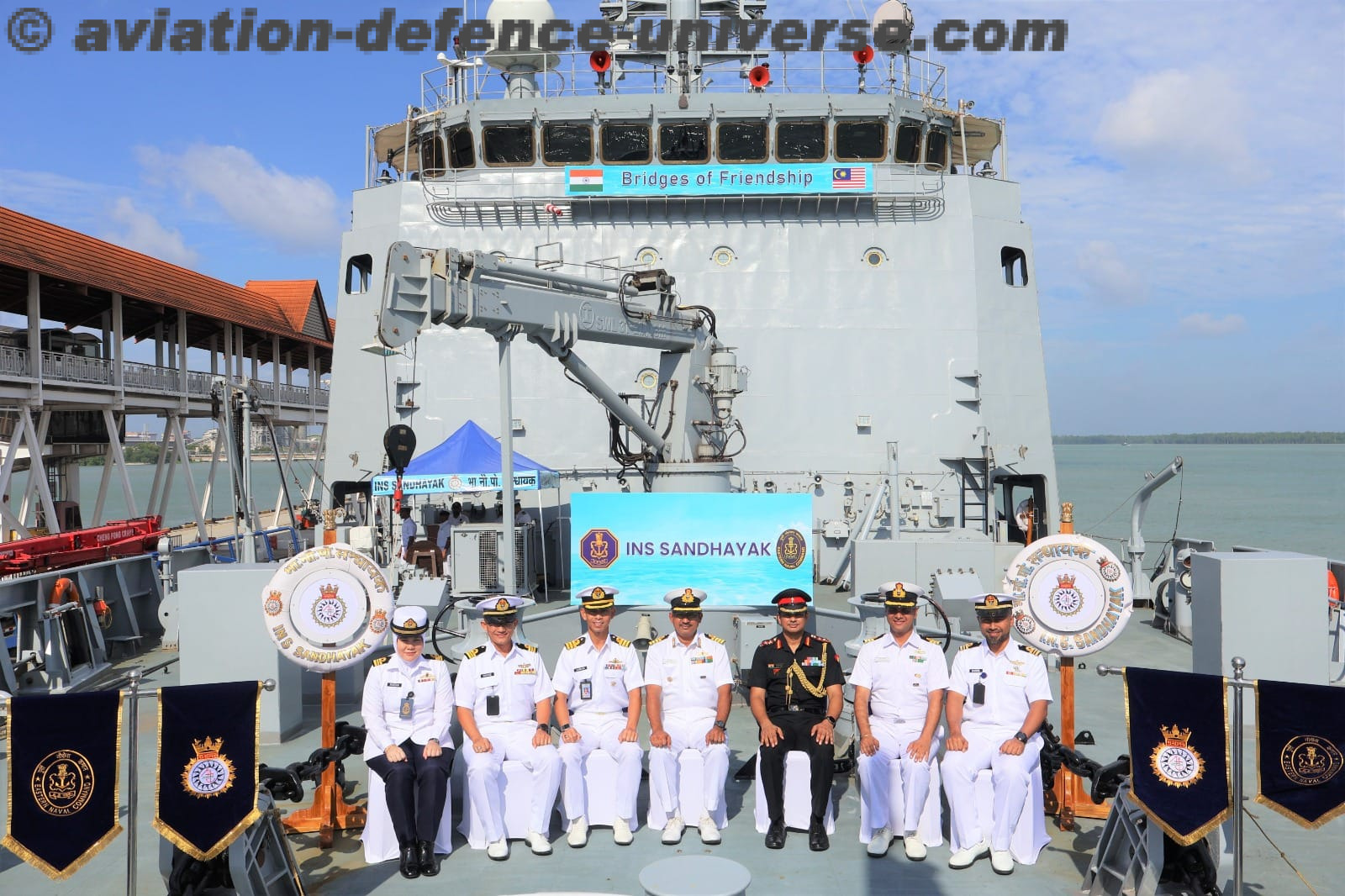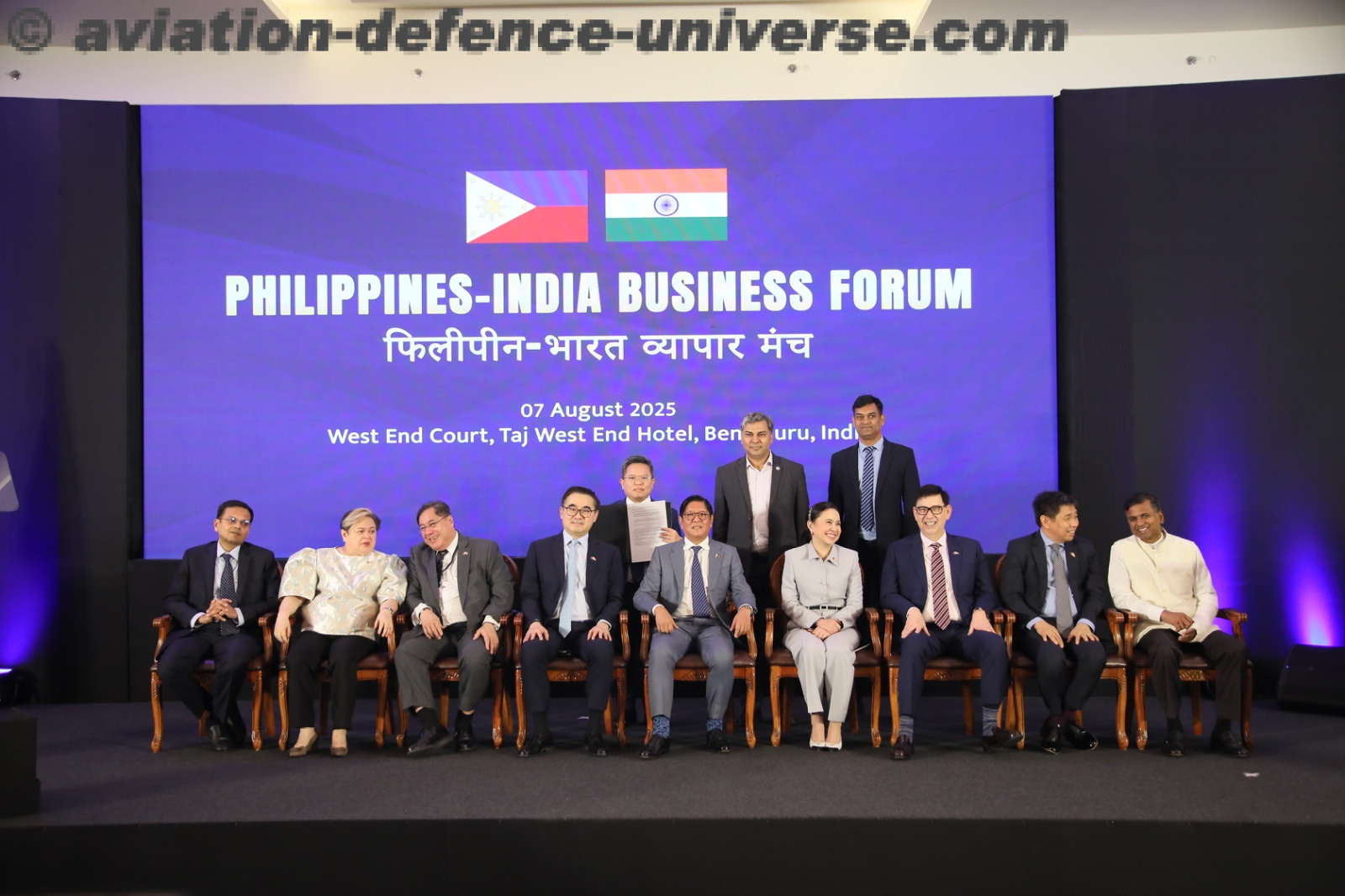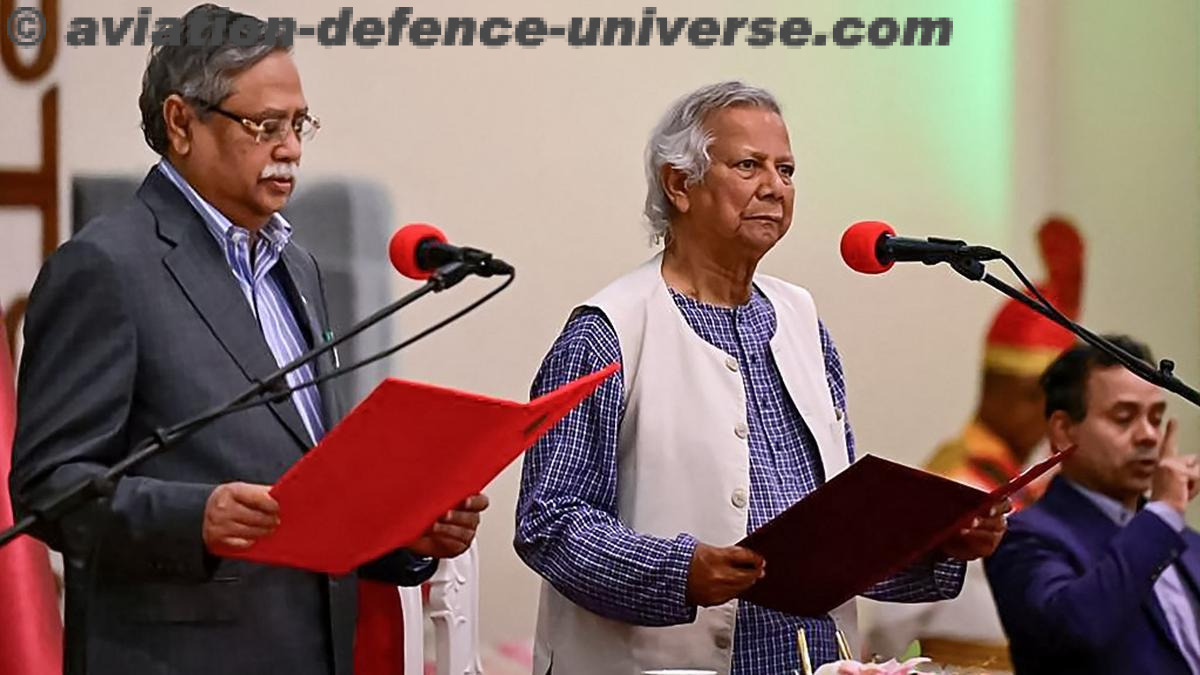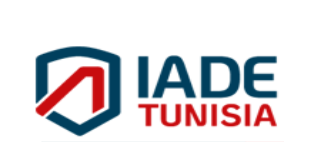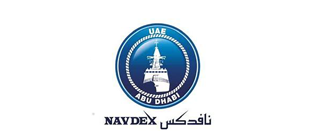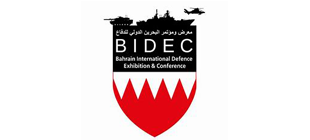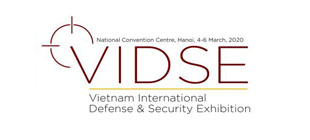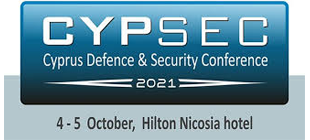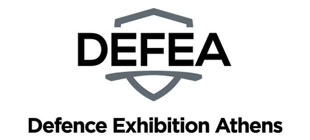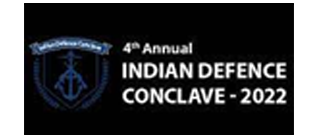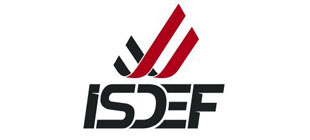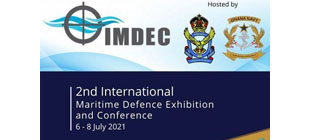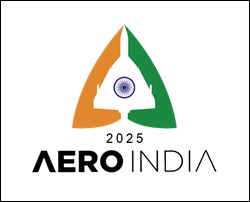- Fleet of the Future — Navy’s Modernisation Drive to Boost Reach, Firepower, and Air Power
- 79 Years Strong: Indian Navy’s Modernisation Surge Targets Unmatched Punch and Reach
New Delhi. 14 August 2025. The Indian Navy is undergoing one of its most ambitious modernisation programmes in its history. India’s political and Naval leadership has a clear vision aimed at asserting dominance across the Indian Ocean Region (IOR) and extending its influence in the Indo-Pacific, to ensure sea lines of trade are kept open for all in the Indo-Pacific.
Geography makes for history and India did not choose its geography or its neighbours, but in this 21st ‘Century of the Seas’ India is in a ‘sweet spot’, and can command the vital Indian Ocean Region (IOR) as it juts into the Indian Ocean like a dagger, and can police its entrances with a strong Navy. India also serves as a bulwark between two antagonistic nations, the USA and China, that are competing with each other in a bipolar and developing multilateral world with the EU, Russia and India as aspiring poles. India’s economy, valued at around $4.1 trillion, is nearing the third-largest economy in the world. However, it is still significantly lower than China’s at $19 trillion with 360 naval platforms and the USA’s $ 30 trillion with 270 naval platforms, but the US Navy and even the Indian Navy in pockets, bristle with superior technology and weapons.
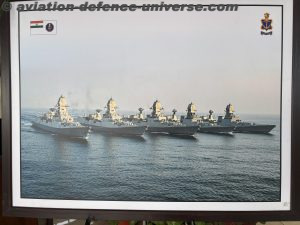
THE CHINA INDIA FACTOR
Chinese leaders describe their friendship with Pakistan as “higher than the mountains, deeper than the seas, sweeter than honey, and stronger than steel”. China provided Pakistan nuclear technology for their bomb, and provides weapons, and has invested $65 billion in Pakistan through loans, grants, and investments as part of the China-Pakistan Economic Corridor (CPEC). The ports of Gwadar in Pakistan, Hambantota in Sri Lanka and Djibouti are key components of President Xi Jinping’s Belt and Road Initiative (BRI), which aims to assert China’s presence in the region. Many have dubbed the uneasy India-China relationship as the ‘Dance of the Elephant and the Dragon’ (Pas de Deux).
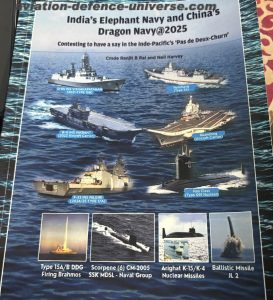
NAVY’S EXPANSION IS AHEAD OF THE CURVE
In the last decade, India and its Navy have blossomed under Prime Minister Narendra Modi, India’s helmsman hailing from the Maritime state of Gujarat. He understands the importance of military power, as demonstrated in Op Sindoor (7th – 12th April). Air Chief Marshal A P Singh explained how the S-400 AA Systems downed six planes of the Pakistan Air Force at a range of 300 km after attacking nine terror camps in Pakistan. Although the Navy did not exercise its weapons, it was operationally poised as a large air, submarine, and missile force off the Makran coast, as a threat to blockade Pakistan. It’s called the ‘Naval Manoeuvre of Strategy’, to starve a Nation.
HT reported that PM Modi told Naval Air Chief Admiral Dinesh K Tripathi the Navy did not take part in Op Sindoor, but its chance would come. Merchant ships did not enter Karachi, and the Pakistan Navy remained near the coast. Interestingly, in every Indo-Pak war, including 1948 (President Truman), 1965 (President Lyndon), 1971 (President Nixon), and 1999 Kargil (President Clinton), US Presidents have had a say in the cessation of fire. No wonder President Trump has claimed credit several times for the temporary cessation of fire in Op Sindoor. Had the Navy’s ships, submarines and aerial missiles been deployed off the Makran coast, it would have wreaked havoc on the ports of Pakistan, as weapons fired from vessels at sea, which are in motion, could have a larger Centre Error of Probability (CEP).
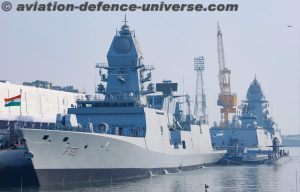
On January 15, 2025, Prime Minister Narendra Modi commissioned three ships, the first of seven 6,600-ton Type 17A Shivalik class INS Nilgiri and the last of four 6,700-ton Type 15B INS Surat with eight 750 km Brahmos and thirty six Barak SR-SAM missiles each and the Shakti EW suite, and the sixth of six Scorpene submarine INS Vaghseer, at Mumbai. It was a historical record, and the Navy has followed up by commissioning the first of sixteen 1500-ton Shallow Water Anti-Submarine Warships (ASWS) INS Arnala on 18th June from Garden Reach Shipbuilders & Engineers Ltd (GRSE) and Cochin Shipyard Ltd (CSL), and first of two 10,000-ton diving support ship INS Nistar on 18th July from Hindustan Shipyard Ltd, which can operate the two James Fisher Diving Support Vessels (DSRVs) and rescue personnel from a stricken submarine from deep depths, and support saturation diving. Nupin, the following diving support ship will be commissioned next year.
Mazagon Docks & Shipbuilders Ltd (MSDL) has delivered the second of the four Type 17A frigates, Udaygiri, after INS Nilgiri, and GRSE has delivered the first of the three Type 17A frigates, Himgiri, to the Indian Navy at Mumbai and Kolkata, respectively, by signing the D 448s. This document on signing enables the shipyards to receive payments, and any pending trial is recorded. In recent times, D448S have had very few pending issues, as most equipment is in the Atmanibharta programme, and imported systems plug and play. Nearly 75% equipment, especially 249 grade steel, is India-supplied. All ships are now home-designed so that modifications can take place swiftly, and both Udaygiri and Himgiri will be commissioned on 26th August, 2025 at Vishakhapatnam. In January, Chief of Naval Staff Admiral Dinesh K Trpathi had predicted that nine ships would be commissioned this year. It’s no wonder people are amazed by the growth of the Indian Navy. Commentators place it in the top five, possibly even the top four, behind the United States, Russia, China, and Japan. It certainly eclipses the European Navies.
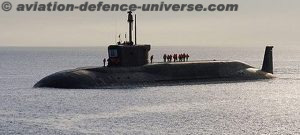
(Cmde Ranjit B Rai, former DNO and DNI of the Indian Navy, writes on navies. His latest book with Neil Harvey – India’s Elephant Navy and China’s Dragon Navy—Contesting to Have a Say in the Indo-Pacific ‘Pas de Duex’, with Neil Harvey will be released in the first week of September Rai runs a Maritime Museum at C-443 Defence Colony in New Delhi.)





